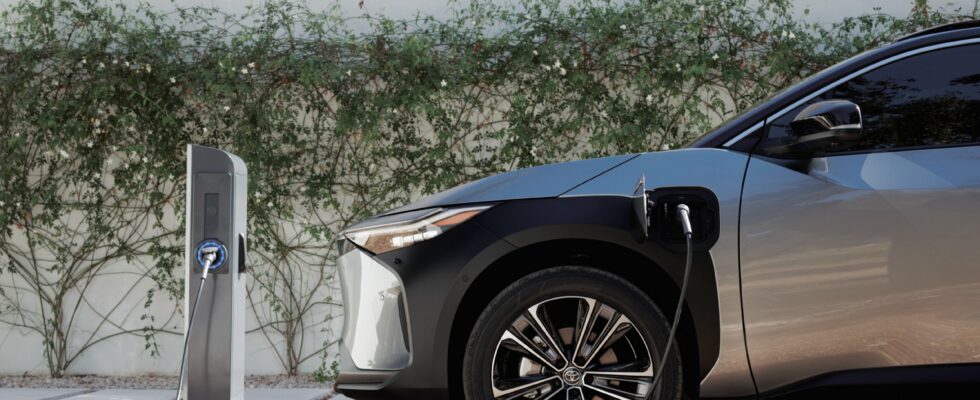While Chinese and Korean brands have a clear lead in the field of electric cars, well ahead of European brands, Japanese manufacturers are encountering much more difficulties. A structural and strategic problem, but one which could fade in the years to come. Here’s why.
Toyota, Honda, Nissan, Mazda, Mitsubishi, Subaru… Japanese manufacturers have been established, with more or less success, for around four decades in Europe.
Their arrival on the Old Continent did not necessarily arouse the same distrust as Chinese brands currently, but it took them a certain number of years before being fully “integrated” into the European automotive landscape. This was also the case for Korean manufacturers, such as Kia and Hyundai, which have been established for a shorter period of time, but which have also managed to do well.
There success story the most impressive, it is undoubtedly that of Toyota with its hybrid models. We can also mention that of Nissan with the Qashqai in 2007, the “daddy of SUVs” so to speak. It is certainly no longer the leader in its segment today, but it is he who democratized this segment which represents almost one in two new cars sold today.
Still too few Japanese electric cars
Sales of Japanese manufacturers, particularly those of Toyota, remain very solid in Europe. But with the energy transition beginning on the Old Continent, and everywhere else (at various deadlines), brands are looking at what the car of tomorrow will be.
Unless the situation turns around, it will be electric. In Europe, we will no longer be able to sell new thermal cars (including hybrids and PHEVs) from 2035. But Japanese manufacturers have always had a multi-energy approach (both thermal, hybrid, battery electric and hydrogen), and this sudden shift to 100% battery electric (largely accelerated by the Dieselgate affair) obviously took them by surprise.
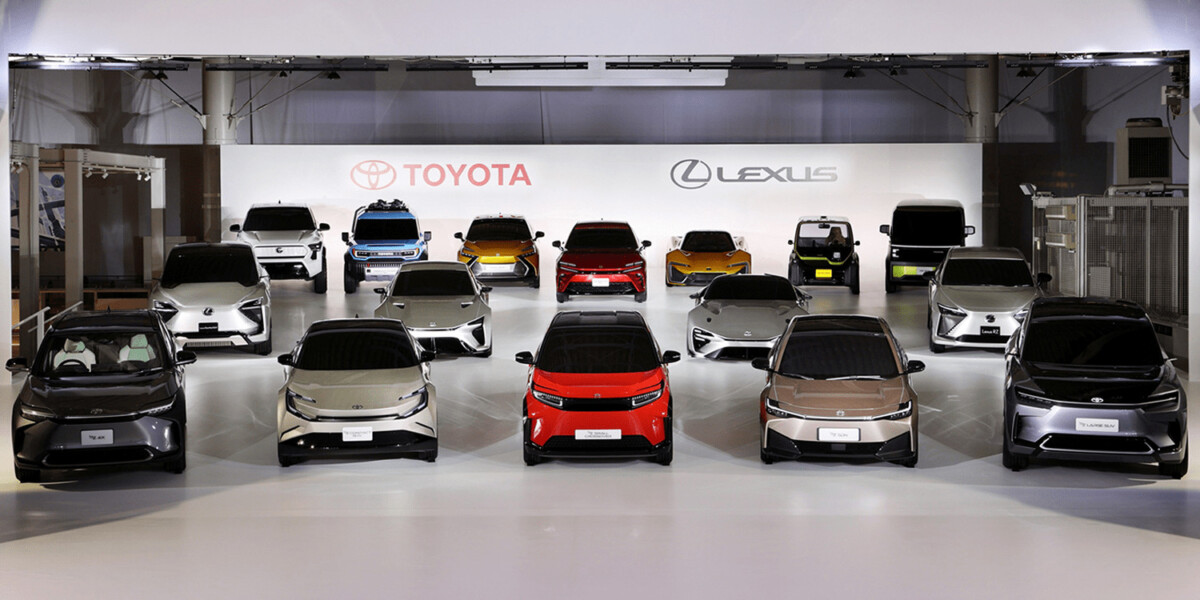
Once observant, Japanese brands took the bull by the horns quite late and are only just starting to offer electric cars. Only Nissan is doing well with its Leaf, a model presented in 2010 and which is already in its second generation, but also with its Ariya, an electric SUV that we have already tested and which is rather successful overall.
Nevertheless, the Ariya, it’s a bit of an exception for electric and convincing Japanese models. We can’t say the same about the bZ4X, Toyota’s first electric model, which encountered quite a few difficulties at its launch. It was even removed from the catalog for a few months to correct its defects. This phenomenon also reminds us of that of Volkswagen with its first ID.3, a model released a little too quickly to meet growing demand, but which, in the end, was not necessarily finished at its launch.
A more global investment problem?
Generally speaking, as reported in a study by the International Council on Clean Transportation, Japanese manufacturers would be the furthest behind in the electrification of their vehicles. The organization studied which brands were leading the transition to electric vehicles.
The NGO, which studies electrification on a global scale, took into account numerous factors, such as the percentage of electric cars sold, the possible use of renewable energies for the manufacture of the vehicle or even their autonomy.
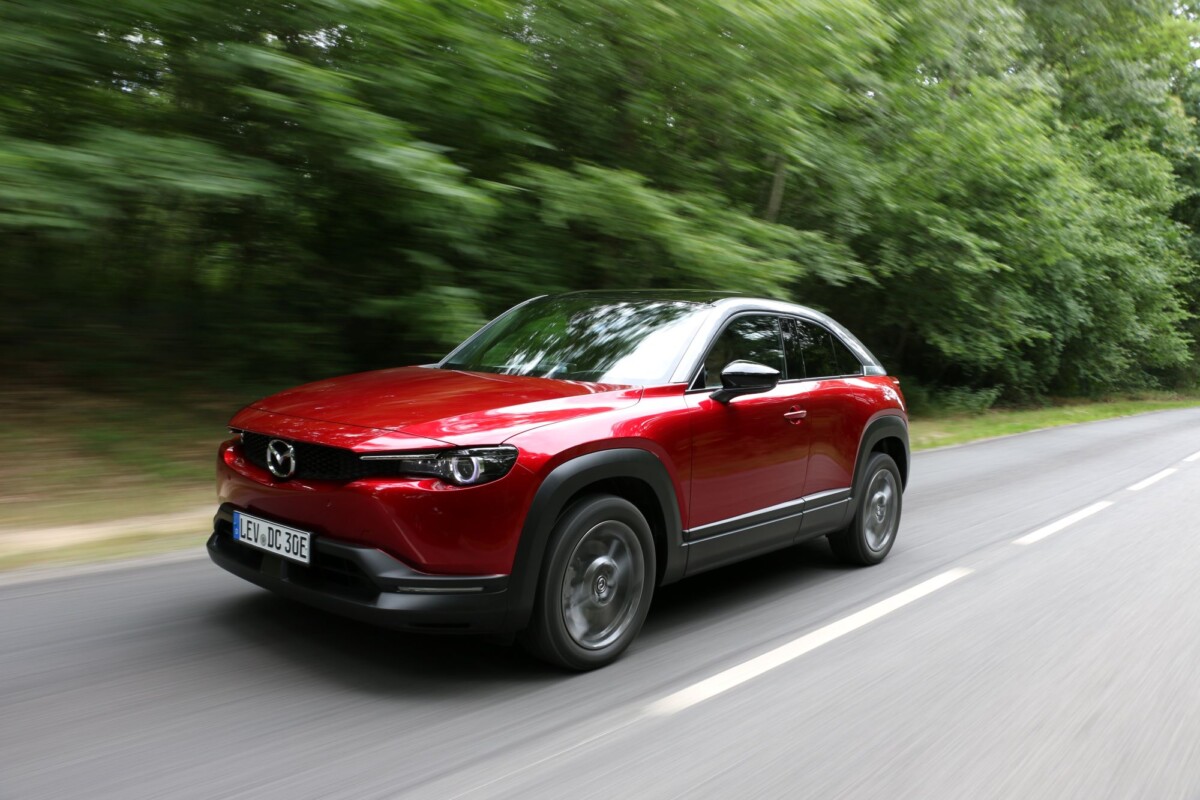
Without going into details, the study reveals that Japanese manufacturers are really struggling to increase the share of electric vehicles in their sales; and that’s normal, since they are much less numerous compared to other brands.
The study also reveals that their strategic visions would be less ambitious than the others. These companies would not be fully invested in the development of electric cars, even beyond the simple financial aspect.
Toyota as spearhead?
However, the Japanese brands have announced product plans that are interesting to say the least and which have nothing to envy of Tesla, where it is generally still artistic vagueness at this level, or even the Europeans. Despite everything, from the current view of the market, it is the Japanese brands that are lagging the furthest behind.
As stated above, Japan has always preferred a multi-fuel approach to decarbonize the transport sector. Although the country has recently clarified that electric is one of the paths to follow, it continues to find it necessary to also explore other types of energy, such as hydrogen, or to make the most of the advantages of the hybrid.
Despite everything, under duress, Japanese brands will have to accelerate into electric vehicles, and Toyota has understood this well. For example, about a month ago, Toyota said it wants to triple production of electric cars to 600,000 units per yearto catch up with Tesla’s lead in this area, while notably aping certain production techniques deemed by Toyota engineers themselves as “revolutionary”.
At the same time, the company is working on four different types of batteries that will be installed in a new family of electric cars. This new “family” will allow Toyota (including its high-end Lexus branch) to sell 3.5 million electric cars worldwide by 2030.
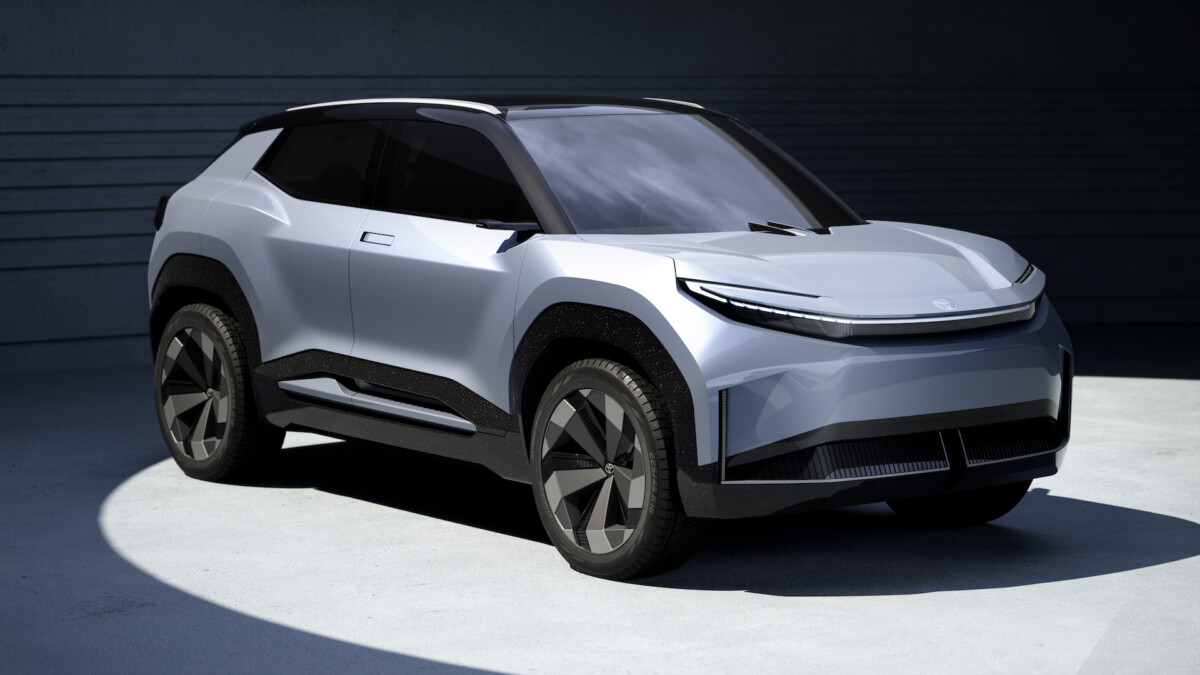
In addition to the electric car itself, Toyota works on almost the entire value chain. The brand is collaborating with Idemitsu Kosan, a Japanese oil company which, like many other large oil companies, is trying to free itself from oil to develop activities in line with projects to combat climate change.
The two Japanese giants will join forces to produce solid-state batteries on a large scale. To do this, they will follow a strategy divided into three phases.
- Phase 1: development of a solid sulfur electrolyte capable of being produced by large volume factories.
- Phase 2: construction of a pilot production plant to validate mass production processes and design electric cars capable of accommodating these technologies, which will be launched on the market between 2027 and 2028.
- Phase 3: Mass production of solid-state batteries and next-generation electric cars.
Move forward hand in hand? A tangible solution
At the same time, Japanese manufacturers also seem to want to support each other. Thus, Toyota works in particular with Subaru, which also aims to launch eight new electric models by 2028.
For its part, Toyota plans to launch ten electric cars by 2026, including a small model, which could be called bZ2X, and which will be designed in collaboration with Suzuki, a specialist in the field of small cars. This will also allow Suzuki to offer its first electric model, normally by 2025. At the same time, Toyota has also joined forces with Mitsubishi, with whom it wants to launch into the production of silicon carbide chips.
Mitsubishi, which also announced an interesting agreement with another Japanese manufacturer: Honda. The two groups have signed a partnership to join forces in the search for efficient production models for an upcoming family of electric cars and batteries. The two companies will also work on the electrification-related technology front, from bi-directional charging to managing batteries once their life cycle is complete.
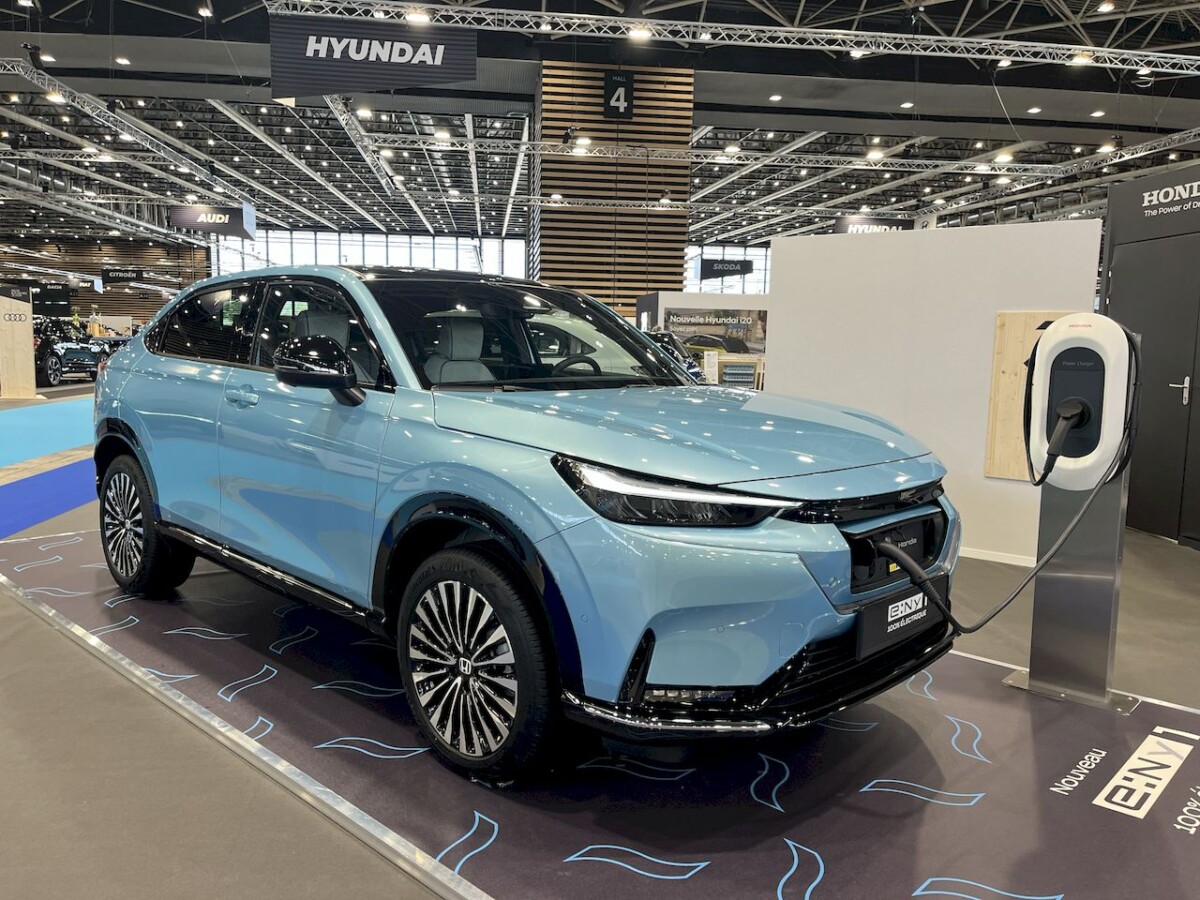
Honda has also announced things for its electric future, both in terms of cars and two-wheelers. Honda’s new CEO, Toshihiro Mibe, also announced his “world” electrification plan for 2040. On that date, 100% of the Japanese manufacturer’s new vehicles will run either on batteries or on hydrogen.
For the moment, like other Japanese brands, Honda is late, even if its little Honda e, whose marketing ended recently, was not uninteresting. The new e:Ny1 SUV is not the same, but its technology already seems outdated compared to the sector leaders, all for a similar price.
Nissan, for its part, is working like Toyota on solid-state batteries and, to do so, is exploiting the opportunities offered by artificial intelligence. Batteries that could become reality as early as 2028.
Remember that Nissan, whose alliance with Renault seems increasingly shaky, presented at the start of the year a new strategic plan which results from the first called “Nissan Ambition 2030” presented in 2021. The new one is intended to be more ambitious than the previous, and Nissan “now plans to introduce 27 new electrified models in 2030” all over the world, compared to 23 previously. Among these 27 vehicles, 19 will be 100% electric models.
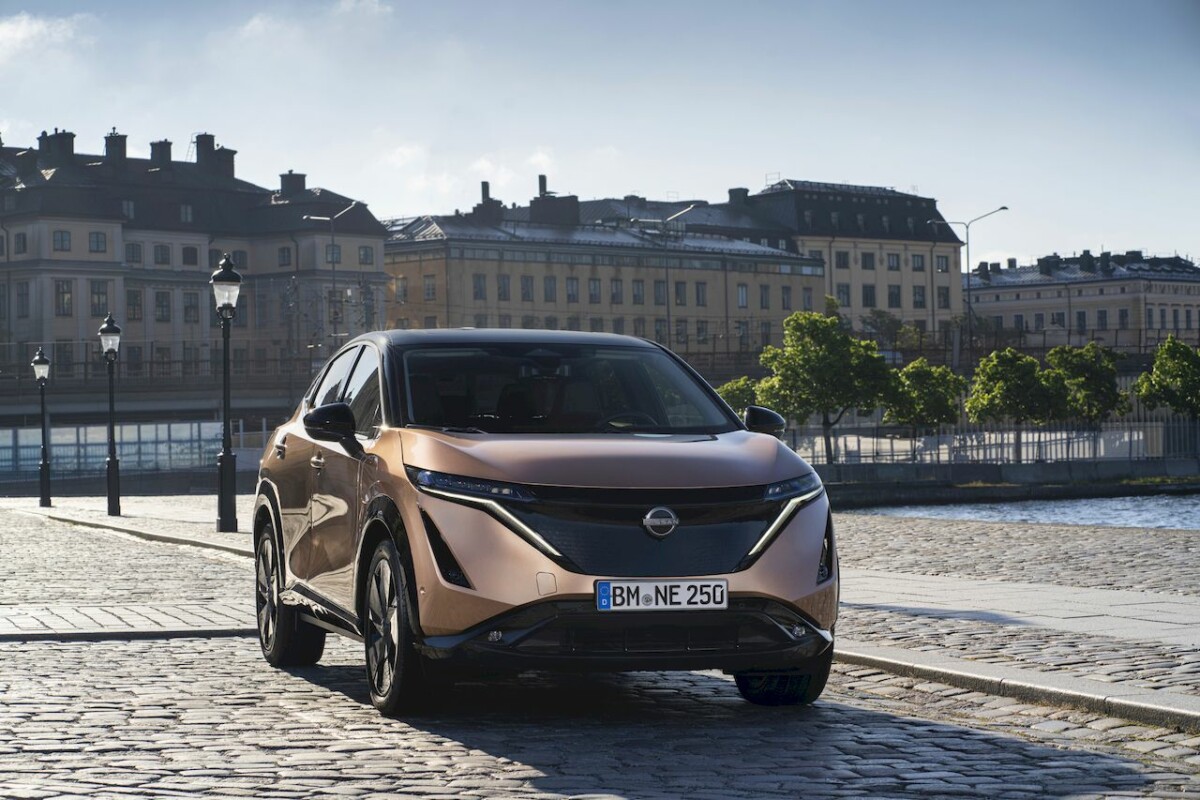
Mazda, another historic Japanese brand, has entered into a strategic partnership with Panasonic for the supply of batteries. They will be used in the brand’s next electric vehicles, which will be brought to market in order to achieve a 40% share of electric sales by 2030.
One thing is certain, it is not with the MX-30 that they will achieve this, it also being a symbol of the product developed in a forced march, with some good ideas, certainly, but already outdated technology. And it’s not the new version equipped with a range extender that should change things.
For the moment, at Mazda, it is also artistic vagueness in terms of the zero-emission range, even if we are starting to hear some rumors around a possible electric MX-5, but certainly not for several years.
The Japanese have a more “global” vision
Globally, the promises of Japanese brands are rather encouragingeven if they have probably not all fully committed to a strategy focused solely on 100% electric like European manufacturers for example.
There are several reasons that can explain this, starting with investments. Mazda for example, for which Europe is not the main market, obviously has no interest in focusing entirely on electric vehicles while the share of its sales remains quite marginal on the Old Continent.

Europe has the most ambitious energy plan in the world at this level, and only manufacturers who have a significant market share here have an interest in really accelerating. At Nissan, we prefer to take the pulse of what is happening in the United States, a market that is so much more important than Europe and which has not (yet?) made such drastic decisions.
In addition to market shares, Japanese manufacturers, like their leaders, are also showing great caution regarding this sudden change, although necessary. A multi-energy approach obviously seems “wiser” to them, also because they obviously have no interest in putting aside their hybrid engines, a technology mastered by Toyota for more than 20 years and which makes it the leader in the domain.
